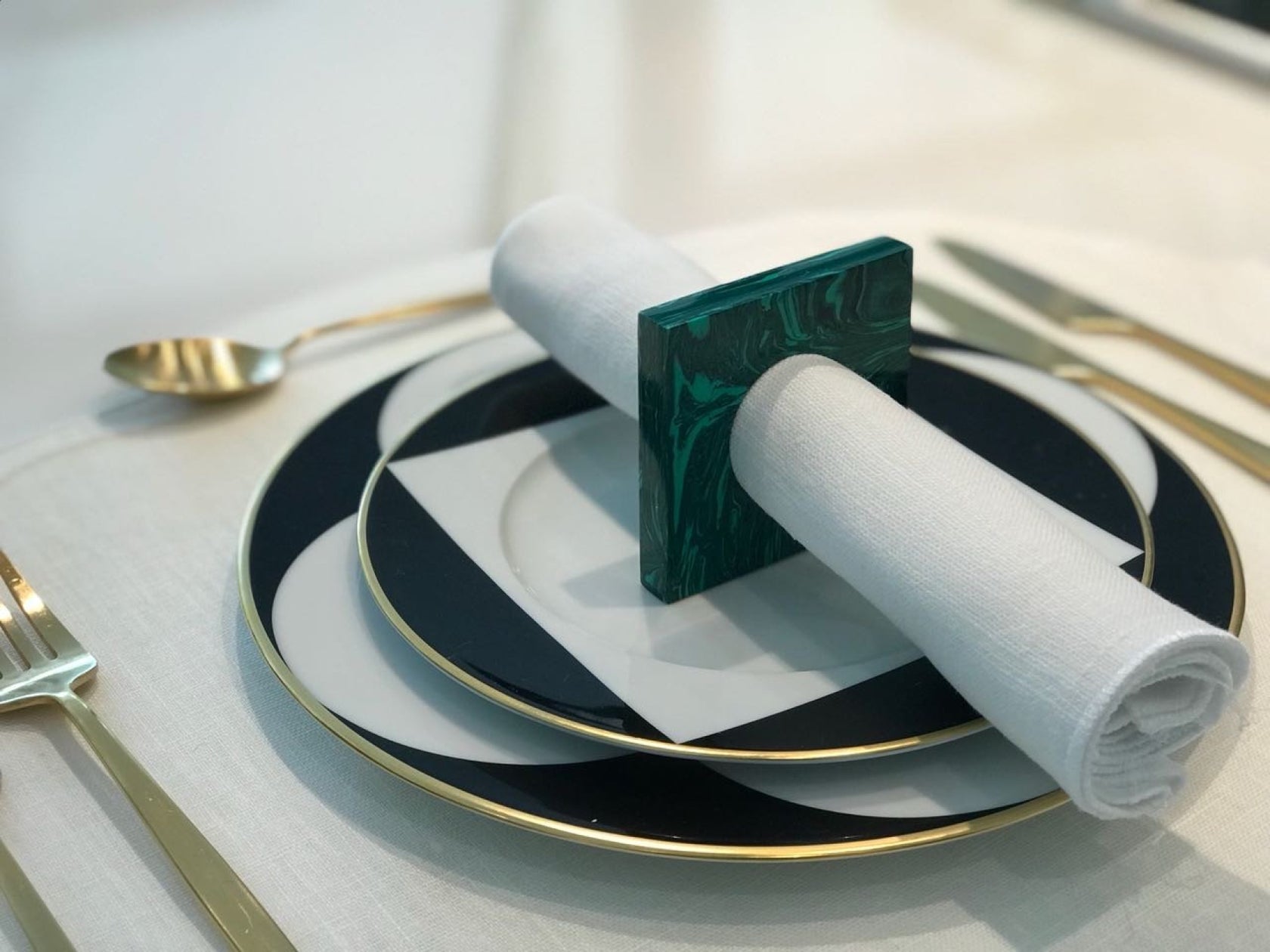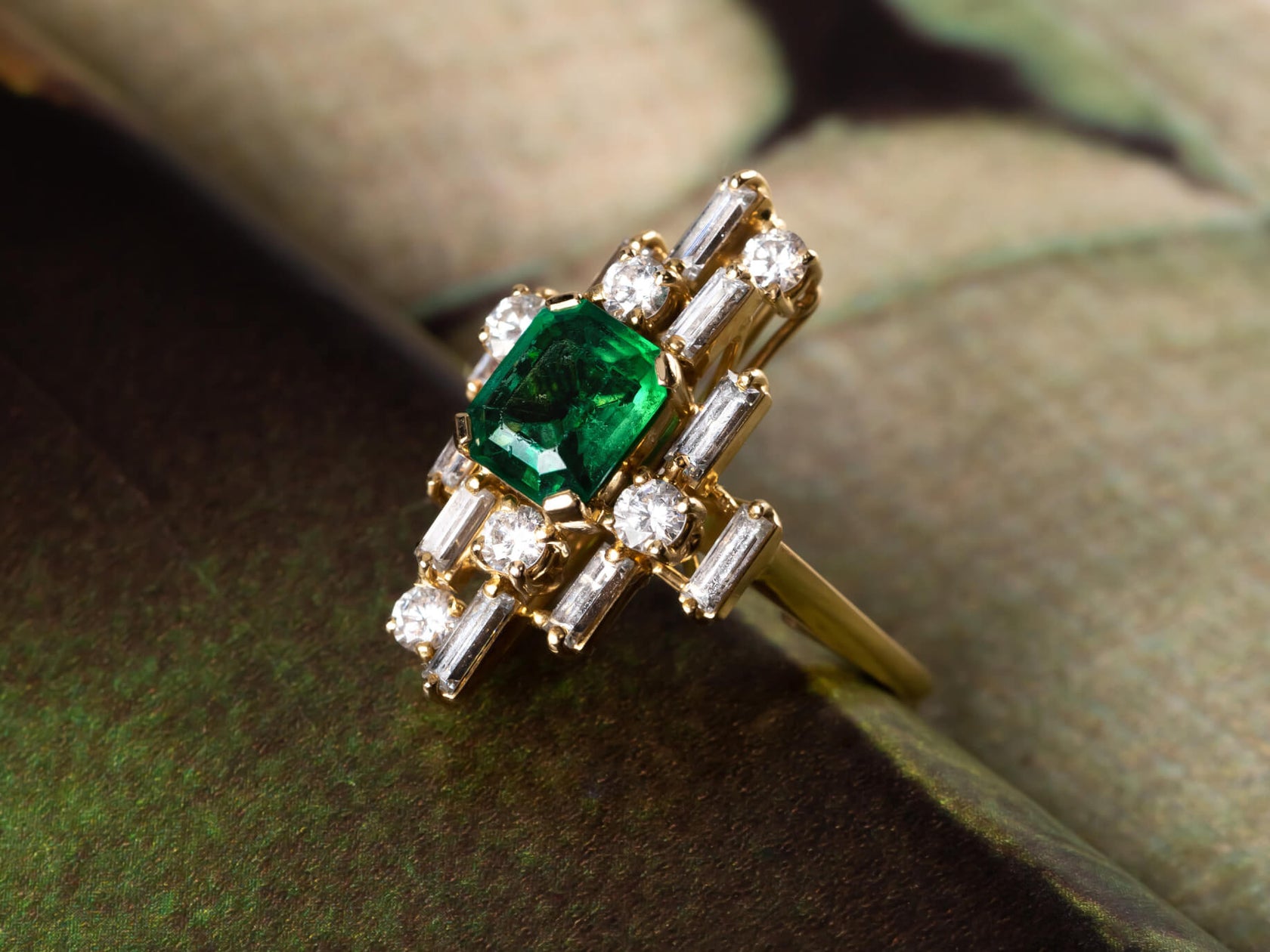FASHIONKIND x JUAN DE DIOS x MOYE
Female Founders Round Table
Nina Farran & Sophia Bush, Fashionkind co-founders
Isabela Gutiérrez & Maria Valencia, Juan de Dios co-founders
Tatiana Cabal & Maria Cabal, Moye co-founders
Fashion is criticized as an industry that objectifies women and exploits their labor, and yet it’s an industry in which women play a huge role: 80% of garment workers are female, and the customer base is more than 85% female. Launching Fashionkind x Juan De Dios x Moye brings together six female founders. We asked them to share their experiences and perspectives on where the industry currently stands with women.
Female representation at the executive level in fashion has risen sharply over the past year. How would you like to see these female founders and leaders impacting the industry?
Sophia Bush: My hope is to see a greater breadth of representation at the executive level result in a greater breadth of consideration for the workers who make these brands possible. When more people’s experiences are considered in the C-suite, outcomes and ROIs both go up. So this is not only more humane, but also more beneficial for each company that takes diversity in leadership seriously. That’s my hope for our future; more compassionate success.
Nina Farran: I’d like to see women in leadership roles bringing more women to the table at multiple points of the supply chain, from board seats to garment workers, and supporting them with opportunities which help them to thrive. Juan de Dios’s collection, for instance, is produced by women heads of household who are able to work from home, giving them the means to provide for their families and the flexibility to care for them. And while it’s unequivocally a sign of progress that female representation has risen, there is still a way to go so I hope to see this trend continue.
How does being a female founder inform how you run your business?
Nina Farran: First and foremost, I try to champion women in every way that I can, from finding new designers to hiring for the Fashionkind team. As a woman running your own business, you have to be prepared to encounter gender bias. It’s inevitable that some people won’t take you as seriously and that certain doors won’t be open to you, particularly when I worked in finance and it continues to be an issue, particularly when trying to raise investment. You have to work proactively to stay confident in your path by reminding yourself what you’ve accomplished so far and that you are also providing an opportunity to investors, not just the other way around.
Maria Valencia: The most important thing is learning to prioritize my time because I’m a mom, I’m a wife, and I’m a creative director. Somehow, we learn to be multifunctional, and it gives us a different perspective on life.
Isabela Gutiérrez: Women are expert jugglers. We keep all the balls in the air while not forgetting the importance of each. Every day we juggle maintaining a sense of balance while making the people in our company feel important. We believe that if our employees feel like they are part of the business, it’s easier for us all to work towards our defined vision and goal.
Tatiana Cabal: We apply the same principles and fundamentals that we have in our families to our business. This helps us to create top-quality products with the highest standards of responsibility towards people and the environment. What we create comes from the depth of who we are and where we come from, and we love to bring that into our customer’s home.”
Where do you see the fashion industry’s greatest negative toll on women and how can it be turned around?
Sophia Bush: There are a plethora of ways in which fashion negatively impacts women, from encouraging body dysmorphia to the subjugation of garment workers around the world. But my hope is that in this unprecedented time of global learning and transparency, we — both as consumers and as industry insiders—can lean into what fashion does well. Innovation. Artistry. The elevation of women around the world who are the breadwinners in their families and the creatives in their communities; and queer creatives who have found their voices in the expression of fashion. The list goes on. I want to see fashion working for each of these groups, as the industry has a long overdue reckoning to address its historical shortcomings.
Nina Farran: As Sophia points out, you can see the toll on women from start to finish. However, I think the negative impact on garment workers, who are the most vulnerable to abuse and exploitation, is one of the biggest issues facing our industry. We seek out brands that treat their workers well and pay a fair wage. Our brands are obviously doing that on a smaller scale than a fast-fashion megabrand but our mission is to help these businesses grow and prove that positive impact can successfully scale. One of our designers, Efrain Mogollon, has provided employment–and therefore security–for 17 women throughout the ongoing crisis in Venezuela which has disproportionately affected women and girls. It’s heartening that the same industry that has taken so much from women can also give them a lifeline, we just need to make sure the former doesn’t continue to happen.
What are the specific challenges that you face as a female founder? On the flip side, what do you see as your advantages?
Sophia Bush: I think the funding gap in finance is the greatest hurdle for female founders regardless of industry. And that gap is even wider for women of color. The lack of funding keeps many women outside of meaningful participation in the GDP. Not only does this harm women, it harms their families and communities, and keeps the entire global economy from reaching its full potential. Understanding that we are barred from many spaces, however, has launched a global movement of women supporting women. I think that communities of women are leading the way toward a new and brighter future. I am honored to be among them.
Maria Cabal: One of the biggest challenges for us has been juggling family and work, especially during the past year with lockdowns and remote work between three continents as we build our brand. On the flip side, this moment has made us more efficient. We’ve also regained a sense of home as the place where everything happens, inspiring us to create products that make them pleasant and enjoyable.
Isabela Gutiérrez: Time management and prioritizing is the biggest challenge. The key to making it work is to find something that you love doing so that everything—in your soul and around you—just flows. This is what we’ve done with Juan de Dios. We enjoy what we do every day.
What advice would you give to aspiring female entrepreneurs?
Sophia Bush: Be prepared. Do the diligence about your financials, your prospective partners, and the market. Understand that the best idea must always win, no matter whose it is. And be ready to prove the doubters wrong. It won’t be glamorous, but it will be rewarding.
Nina Farran: It can inherently be lonely to be an entrepreneur so building a network of other female founders is invaluable. Someone else has gone through what you’re going through - in some way, shape, or form - and supporting each other, instead of competing with one another, lifts everyone up. Don’t be afraid to ask for help. Be patient. It’s going to take time and it will be hard, but you have to stay on your path and be diligent about your mission. It will be worth it.
Tatiana Cabal: Do not rush. Every step we have gone through, every field we have worked in has provided us with tools to make this dream come true. Take time to define what you want. Once you do, make a plan and don’t give up. Be true to yourself and listen to your inner voice. Don’t let trends interfere with your true creative process.
Maria Valencia: If you vibrate with an idea or dream, you should do it. Lose your fear about the world. Nothing is far away, and everything is possible if you just trust and enjoy the process.
What’s your favorite piece in the collection and why?
Sophia Bush: I love the color palette of the collection, especially in the swimwear. This bikini reminds me of fresh fruit in the summer heat. The pieces are made from recycled nylon and they’re reversible, which extends their wearability. After the last year at home, it feels invigorating to imagine taking a trip somewhere warm.
Nina Farran: The Jalisco Linen Kaftan has subtle accents of embroidery that reveal themselves as you take a closer look. As with the whole collection, you can wear this piece multiple ways: as a cover-up over a bathing suit, as a robe over a skirt and top, or on its own as a dress. It’s the perfect spin on the classic white spring/summer dress.
Maria Valencia: I love the wallpaper because it’s the perfect combination of both worlds. On the fashion side, the Lou Lou wraparound skirt has always been a favorite because of its versatility. I wear it at the beach, but also with a pair of tennis shoes and a t-shirt or even with a sweater and boots in cooler weather. When I design, I’m always trying to merge versatility and style.
Isabela Gutiérrez: The Hojarasca Eyelet dress in black looks very elegant but also fun. You can wear it open as a coverup on the beach or belt it closed to dress up. I love how the pink guava and the green leaves look natural and delicate on the eyelet fabric.
Tatiana Cabal: The Ermita dress is a beautiful shade of pink and has the perfect balance of sexy and sweet. It’s also very versatile. You can dress it up or down.
Maria Cabal, Moye: The stripes of the “La Falaise” sarong have a lot of depth and I love the detail of the jaguar roaming through the fringe. It has both a jungle and a bohemian vibe. I can wear it as a sarong, as a scarf around my neck or in my hair or as a top, at the city and the beach.
Shop the collection now, exclusively available on Fashionkind.














